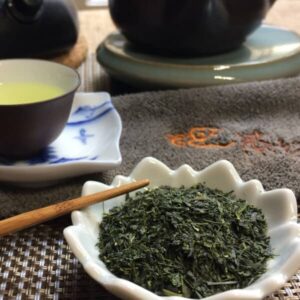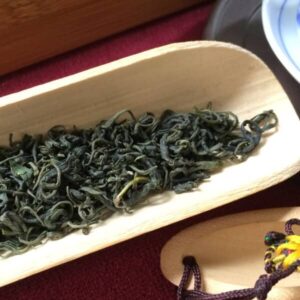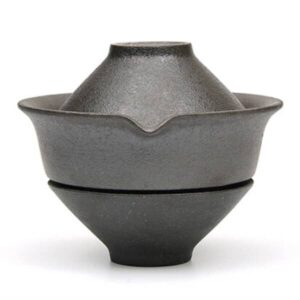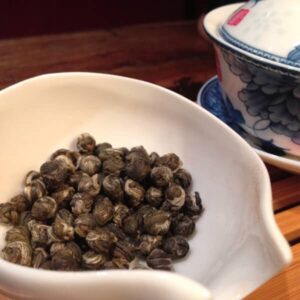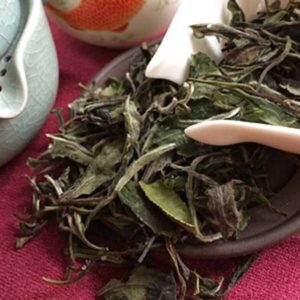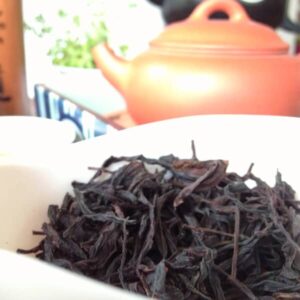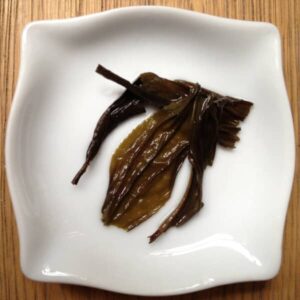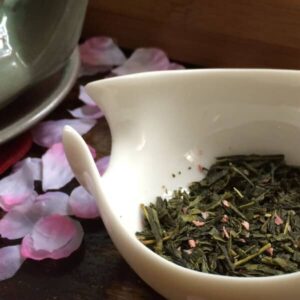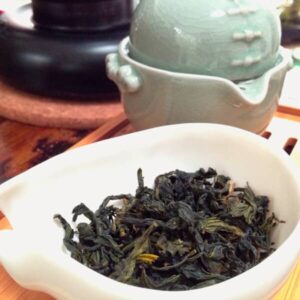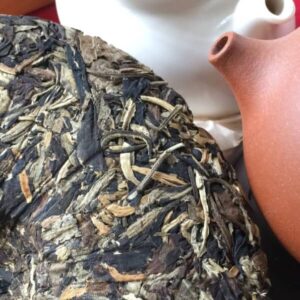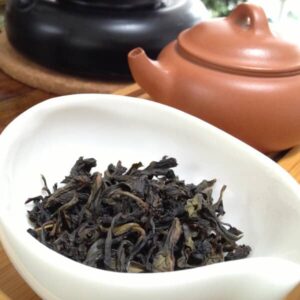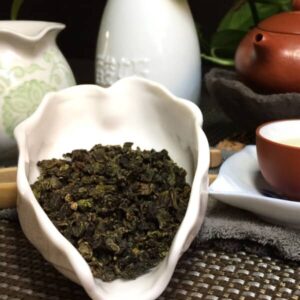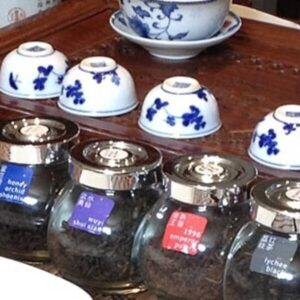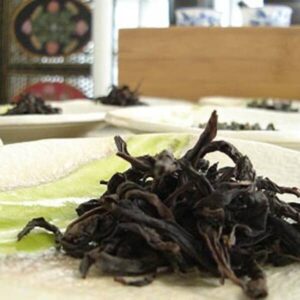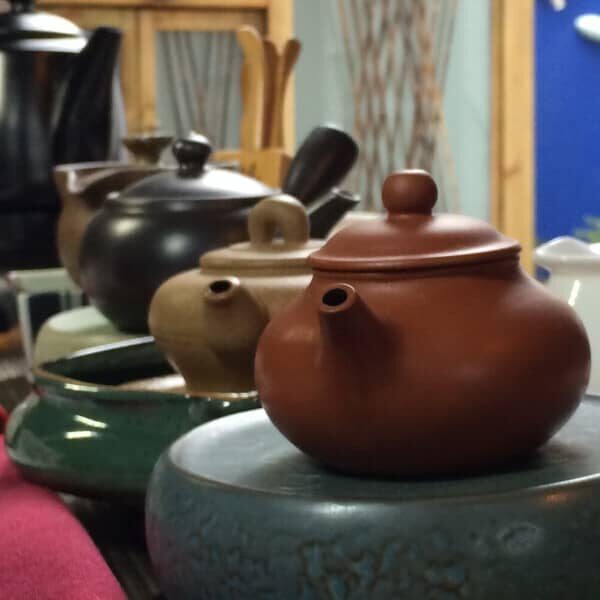serene and fragrant
TEA entices with
promise of rapture in STORE
Teanamu Chaya Teahouse Tea Store
WHAT WE FANCY THIS SEASON
Giving a cup of tea is like giving a cup of now.
The simple, pure rituals of the tea ceremony help us practise mindfulness, gently soothe ourselves and give us all the benefits of a relaxing meditation. Yet we can do this while socialising with our friends and loved ones, in fact we encourage that.
We share kindness and harmony with our companions, and are reminded of the Japanese tea masters’ saying, ichi-go ichi-e (一期一会), each meeting should be treasured as a unique moment for it can never come again.
Take a break any time of day, brew a simple and excellent high quality loose-leaf teanamu tea, savour the delicate liquor sip by sip, let yourself meditate on the evolving taste and aroma as the tea leaves dance in tiny porcelain cups. Life is about moments like these, as the Japanese say, that ’cannot be recovered or repeated’.
If you want any advice at all, or if you would like us to arrange a complete Gong Fu style tea set for you, please contact us by email and we shall be absolutely delighted to oblige!
The tea ceremony is a pause button in our life.
The simple, pure rituals of the tea ceremony help us practise mindfulness, gently soothe ourselves and give us all the benefits of a relaxing meditation. Yet we can do this while socialising with our friends and loved ones, in fact we encourage that. Giving a cup of tea is like giving a cup of now.
We share kindness and harmony with our companions, and are reminded of the Japanese tea masters’ saying, ichi-go ichi-e (一期一会), each meeting should be treasured as a unique moment for it can never come again.
Take a break any time of day, brew a simple and excellent high quality loose-leaf teanamu tea, savour the delicate liquor sip by sip, let yourself meditate on the evolving taste and aroma as the tea leaves dance in tiny porcelain cups. Life is about moments like these, as the Japanese say, that ’cannot be recovered or repeated’.
If you want any advice at all, or if you would like us to arrange a complete Gong Fu style tea set for you, please contact us by email and we shall be absolutely delighted to oblige!
The lovely delectable Camellia.
Tea leaves grow on the Camellia Sinensis bush. There are over 2000 varieties of this plant, or cultivars, producing over 300,000 different types of tea, each with a different preferred soil type and growing conditions, different leaf size and shape and different flavour profile.
Where a particular tea is grown affects the quality of its leaves. Soil type, climate, surrounding vegetation and elevation are all conditions that can produce different nuances in character.
Yet you can find the same tea bush flourishing on high Chinese hillsides, covered in mists, and in huge, flat, Japanese tea gardens. The only difference will be that in Japan the bush is allowed to grow taller, and the leaves harvested by machine.
After harvest, tea leaves go through sorting, cleaning, drying, rolling, roasting, blotting, sifting, rattling, bruising, tumbling, smoking, scenting, firing, finishing and packing – sometimes smoking, scenting and/or compressing too, and in Japan steaming is an important process. Commonly these stages involve incredibly precise, artisanal craftsmanship, working with small quantities of leaves and hand tools such as bamboo sieves, or simple machinery, following techniques passed down through generations.
In China the hand pickers are tremendously skilled, often having to pay attention to picking just certain parts of the plant, such as a bud with a single leaf, or larger leaves, or the tenderest shoots. Uniformity of leaf is critical throughout the processing stages.
Tea picked in early spring is often the most highly prized, the bush having had the whole winter to rest, regenerate and accumulate nutrients, but some oolongs, for example, are considered at their finest when plucked in the autumn.
Tea is known to relax the drinker, as proven by brain scans. This is thought to be partly due to the aromas generated by the roasting process. Also, one of the substances responsible for the calming, relaxing effect of tea is theanine, which is also a cause of the umami flavour of green tea.
Oxygen. Wonderful stuff.
But it also oxidises things: think iron rusting or copper coins going that weird green colour and the cut side of apple turning brown. Fresh tea leaves, like apples and other plants, have an enzyme called polyphenol oxidase. It is capable of oxidizing polyphenols which are very important molecules for protection against infections to giving them their pigments.
Polyphenol oxydase and the polyphenols themselves are stored in the plant’s cells, but when the cells are damaged, say by slicing an apple or dropping and bruising it, the cells are ruptured and the enzyme comes into contact with air. With the help of oxygen in the air, the polyphenol oxidase initiates a series of chemical reactions, transforming the polyphenols and eventually producing melanins (brown pigments).
The general name for this process is “enzymatic browning,” and the fabulous thing (for tea at least) is that it doesn’t just change the appearance of produce: it also alters flavour, scent, and nutritional value.
Take part in the beautiful Chinese ‘gongfu cha’ tea ceremony while we shares with you our love of tea. You’ll discover how to appreciate the finer nuances of tea like a true connoisseur, yet in a light and relaxed setting.
You’ll be introduced to gorgeous teas with fascinating, evocative names like ‘snow buds’, ‘honey orchid phoenix’ and ‘dragon well’. The incredible range of flavours and aromas will amaze you.
~~ Whilst we patiently wait for the effective control of COVID-19 pandemic, our popular tea masterclasses are held online via our “Teas in the Clouds - Brew-along Masterclass”. ~~
OUR TEA MASTERCLASSES
LET’S GO PICK SOME TEAS





